Oedema
The information provided here is not a replacement for a doctor. You shouldn't use it for the purpose of self-diagnosing or self-medicating but rather so you can have a more informed discussion with a professional TCM practitioner.
At a glance
Preliminary reading: What is a pattern? The concept of Body Fluids
Key attributes
Chinese name: 水肿 Pinyin name: Shuǐ Zhǒng
Pattern nature: Full
Pattern hierarchy: General pattern
Causes
Precursor patterns: Kidney Yang Deficiency Spleen Yang Deficiency Wind-Cold invading the Lungs and one other possible precursors
Common causes: 1. External Wind Evils, 2. Diet, 3. External Dampness, 4. Excessive sexual activity, 5. Lack of sleep, 6. Mental over-work
Diagnosis
Common symptoms: Eye swelling Oedema of face Oedema of feet Oedema of legs Oedema of hands and three other symptoms
Pulse type(s): Hidden (Fu), Slowed-down (Huan)
Tongue description: Pale tongue with white sticky coating or white slippery coating
Treatment
Treatment principle: Tonify the Yang of Lungs, remove Oedema, Spleen and Kidneys, expel Dampness or any external Pernicious Influences that come along such as Damp-Cold, Damp-Wind, Damp-Heat, Damp-Phlegm and etc,
Common formulas: Wu Ling San Fang Ji Huang Qi Tang Ping Wei San and six other formulas
Pathology
Oedema (also spelled "Edema") a retention of Body Fluids that results in swellings, depending where the retention occurs: it can be in the limbs, the legs, the face, etc. The swellings are usually so that if one presses on it with a finger, the resulting dip takes a long time to disappear.
Oedema is caused by a Yang Deficiency of either the Spleen, the Lungs or the Kidneys. Those are the three Organs most associated with the production and transportation of Body Fluids. If their function is disturbed due to a Yang Deficiency, the Body Fluids end up overflowing and settling in the space under the skin.
The location of the Oedema depends on the Organ that suffers the Deficiency:
- Lungs: top part of the body, such as the face or the hands.
- Spleen: middle part of the body, such as the abdomen. Use Fang Yi Huang Qi Tang, Ping Wei San, Wu Pi Ying or Fu Gui Zhu Gan Tang depends on the actual cause of the Spleen Yang Deficiency.
- Kidneys: lower part of the body, such as the legs or ankles. Use Zhen Wu Tang or Shen Qi Wang which mostly supply Kidney Qi and Yang.
Causes
Precursor patterns: Oedema can derive from Kidney Yang Deficiency Spleen Yang Deficiency Wind-Cold invading the Lungs Lung Yang Deficiency
External Wind Evils : Bacterial or virus can be regarded as a type of external Wind Evil, which can cause allergic type of Oedema.
Diet: Prolonged unhealthy diet such as pick eating, overeating or undereating, can hurt Spleen Qi and Yang and result in Oedema.
External Dampness: The Spleen can be invaded directly by external Dampness and result in Oedema. The Dampness here also includes Cold-Damp, Damp-Heat, Damp-Phlegm and etc.
Excessive sexual activity: Excessive sexual activity harms the Kidney Yang.
Lack of sleep: Prolonged lack of sleep consume the Kidney Qi and Yang.
Mental over-work: Prolonged mental over-work or emotional stress can cause Liver Qi Stagnation and as a result, harm the Spleen Qi and Yang.
Diagnosing Oedema
Diagnosing a pattern in Chinese Medicine is no easy feat and should be left to professional practitioners. In particular one has to know how to differentiate between different types of pulses and tongue coatings, shapes and colors as well as learn to read from a long list of seemingly unrelated symptoms.
Pulse type(s): Hidden (Fu) or slowed-down (Huan)
Tongue description: Pale tongue with white sticky coating or white slippery coating
Main symptoms: Eye swelling Oedema of face Oedema of feet Oedema of legs Oedema of hands Oedema of ankles Oedema of abdomen Abdomen distension
Diagnosis commentary: Key characteristic symptoms of this pattern are the swelling under skin, which is often pitting. If you press the swelling part with a finger, it creates a dip which takes a while to recover.
Treating Oedema
Treatment principle
Tonify the Yang of Lungs, remove Oedema, Spleen and Kidneys, expel Dampness or any external Pernicious Influences that come along such as Damp-Cold, Damp-Wind, Damp-Heat, Damp-Phlegm and etc,
Herbal formulas used to treat Oedema
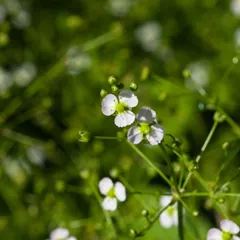

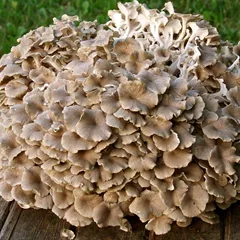
The top herbs in Wu Ling San are Water Plantain (Ze Xie), Poria-Cocos Mushrooms (Fu Ling) and Polyporus (Zhu Ling)
Wu Ling San
Source date: 220 AD
Number of ingredients: 5 herbs
Key actions: Promotes urination,. Warms the Yang. Strengthens the Spleen. Promotes Qi transformation function. Drains Dampness. Clears edema.
Formula summary
Wu Ling San is a 5-ingredient Chinese Medicine formula. Invented in 220 AD, it belongs to the category of formulas that promote urination and leach out Dampness.
Besides Oedema, Wu Ling San is also used to treat Yin Excess or Kidney Yang Deficiency with Water overflowing.

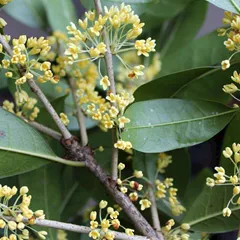

The top herbs in Ling Gui Zhu Gan Tang are Poria-Cocos Mushrooms (Fu Ling), Cinnamon Twigs (Gui Zhi) and Atractylodes Rhizomes (Bai Zhu)
Ling Gui Zhu Gan Tang
Source date: 220 AD
Number of ingredients: 4 herbs
Key actions: Warms and transforms Phlegm-Fluids. Strengthens the Spleen. Resolves Dampness.
Formula summary
Ling Gui Zhu Gan Tang is a 4-ingredient Chinese Medicine formula. Invented in 220 AD, it belongs to the category of formulas that warm and transform water and Dampness.
Besides Oedema, Ling Gui Zhu Gan Tang is also used to treat Phlegm-Fluids in the Stomach and Small intestine or Cold-Phlegm in the Lungs.



The top herbs in Zhen Wu Tang are Prepared Aconite (Zhi Fu Zi), Atractylodes Rhizomes (Bai Zhu) and Poria-Cocos Mushrooms (Fu Ling)
Zhen Wu Tang
Source date: 220 AD
Number of ingredients: 5 herbs
Key actions: Warms and tonifies the Yang and Qi of the Spleen and Kidneys. Eliminates Dampness.
Formula summary
Zhen Wu Tang is a 5-ingredient Chinese Medicine formula. Invented in 220 AD, it belongs to the category of formulas that warm and transform water and Dampness.
Besides Oedema, Zhen Wu Tang is also used to treat Spleen Yang Deficiency or Spleen or Kidney Yang Deficiency.
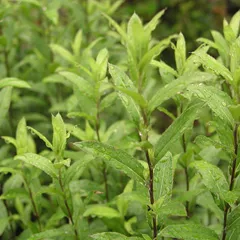
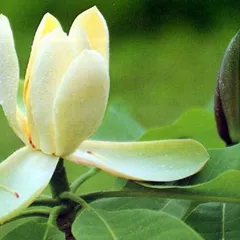
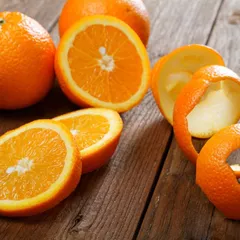
The top herbs in Ping Wei San are Black Atractylodes Rhizomes (Cang Zhu), Houpu Magnolia Bark (Hou Pu) and Tangerine Peel (Chen Pi)
Ping Wei San
Source date: 1051 AD
Number of ingredients: 4 herbs
Key actions: Dries Dampness. Improves the Spleen's transportive function. Promotes the movement of Qi. Harmonizes the Stomach.
Formula summary
Ping Wei San is a 4-ingredient Chinese Medicine formula. Invented in 1051 AD, it belongs to the category of formulas that transform Dampness and harmonize Stomach.
Besides Oedema, Ping Wei San is also used to treat Cold-Damp invading the Spleen or Obstruction Of the Spleen By Dampness with Liver Qi Stagnation.



The top herbs in Shen Qi Wan are Prepared Aconite (Zhi Fu Zi), Cinnamon Twigs (Gui Zhi) and Prepared Rehmannia (Shu Di huang)
Shen Qi Wan
Formula summary
Shen Qi Wan is a 8-ingredient Chinese Medicine formula. Invented in 220 AD, it belongs to the category of formulas that warm Yang and tonify.
Besides Oedema, Shen Qi Wan is also used to treat Damp-Phlegm or Kidney Yang Deficiency.
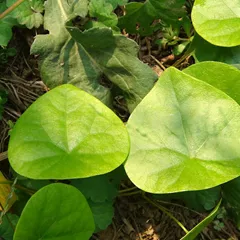
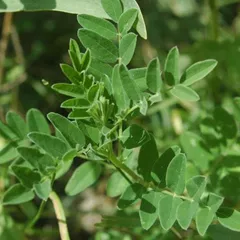

The top herbs in Fang Ji Huang Qi Tang are Stephania Roots (Fang Ji), Milkvetch Roots (Huang Qi) and Atractylodes Rhizomes (Bai Zhu)
Fang Ji Huang Qi Tang
Source date: 220 AD
Number of ingredients: 6 herbs
Key actions: Diuretic, clears Excess fluid and removes edema. Tonifies the Spleen Qi. Calms External Wind.
Formula summary
Fang Ji Huang Qi Tang is a 6-ingredient Chinese Medicine formula. Invented in 220 AD, it belongs to the category of formulas that promote urination and leach out Dampness.
Besides Oedema, Fang Ji Huang Qi Tang is also used to treat Wind-Damp.

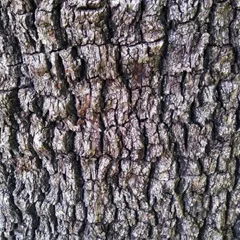
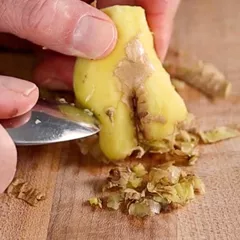
The top herbs in Wu Pi Yin are Poria-Cocos Mushrooms (Fu Ling), Mulberry Bark (Sang Bai Pi) and Ginger Peel (Sheng Jiang Pi)
Wu Pi Yin
Source date: 1107 AD
Number of ingredients: 5 herbs
Key actions: Reduces edema, diuretic. Regulates and strengthens Spleen Qi.
Formula summary
Wu Pi Yin is a 5-ingredient Chinese Medicine formula. Invented in 1107 AD, it belongs to the category of formulas that promote urination and leach out Dampness.
Besides Oedema, Wu Pi Yin is also used to treat Yin Excess.
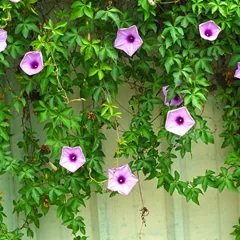
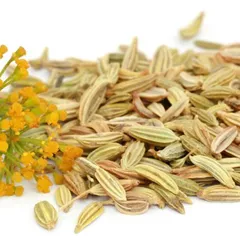
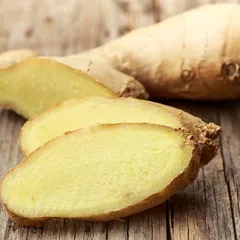
The top herbs in Yu Gong San are Morning Glory Seeds (Qian Niu Zi), Fennel Seeds (Xiao Hui Xiang) and Fresh Ginger (Sheng Jiang)
Yu Gong San
Source date: 1228 AD
Number of ingredients: 3 herbs
Key actions: Expels water and . Reduces edema. Unblocks the bowels. Moves Qi.
Formula summary
Yu Gong San is a 3-ingredient Chinese Medicine formula. Invented in 1228 AD, it belongs to the category of formulas that drive out excess water.
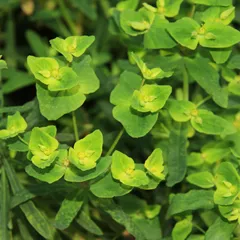
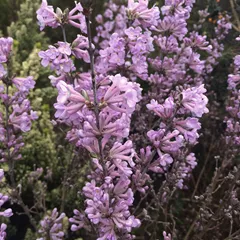
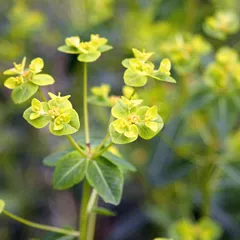
The top herbs in Zhou Che Wan are Kansui Roots (Gan Sui), Genkwa Flowers (Yuan Hua) and Peking Spurge Roots (Jing Da Ji)
Zhou Che Wan
Source date: 992 AD
Number of ingredients: 10 herbs
Key actions: Promotes Qi movement. Harshly drives out Water and Heat Stagnation.
Formula summary
Zhou Che Wan is a 10-ingredient Chinese Medicine formula. Invented in 992 AD, it belongs to the category of formulas that drive out excess water.
Diet recommendations
Keep a balanced diet with right proportion of carbohydrate, proteins and fat.
Avoid excessive sexual activities.
Avoid going to bed late frequently.
Related conditions
Please keep in mind that a Western Medicine condition can be caused by several Chinese Medicine patterns of disharmony and vice versa. As such a patient suffering from one of the conditions below will not necessarily be suffering from Oedema, it is just one pattern that's commonly associated with the condition. Click on a condition to learn what other patterns it's associated with.
Urticaria Congestive heart failure Ascites from cirrhosis Pre-eclampsia Protein-deficiency edema Menopausal edema
